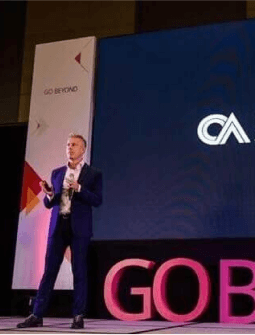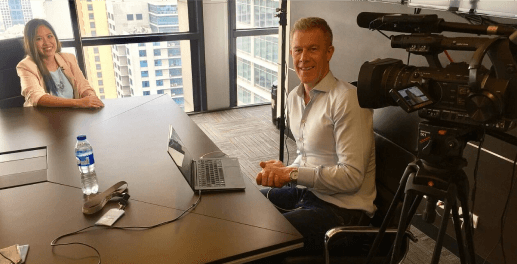10 Best HR models for effective human resource management

The Human Resource Management (HRM) model is a strategic framework that guides HR professionals in aligning their tasks with organizational goals.
It provides a structured approach that links human resource functions to broader business objectives, clearly defining roles, responsibilities, and operational principles.
By outlining key HR processes—such as recruitment, performance management, and employee development—the HRM model promotes consistency, professionalism, and accountability across the organization.
Today, many companies enhance their HR strategies by integrating these models into HR software tools.
This integration allows businesses to streamline operations, automate workflows, and better align HR functions with long-term strategic planning.
List of the best HR models
- 8-Box Model (Paul Boselie)
- Harvard Framework of HRM (Michael Beer)
- Dave Ulrich HR Model
- ASTD Competency Model
- Warwick Model (Pettigrew and Hendry)
- Advanced HR Value Chain (Jon Ingham)
- Standard Causal Model
- People Value Chain Model (EY)
- High-Impact HR Operating Model (Deloitte)
- The 5 Ps of Strategy (Schuler)
How does an HR model support HR professionals within an organization?
HR professionals are key players in monitoring and ensuring the alignment of employees’ performances with the HR strategies and business goals.
The HR model sets direction for HR professionals by allowing them to assess the competencies and potential of employees and align them in the organization’s succession planning.
Another crucial factor that makes the HR model significant to many businesses is its ability to
help streamline systems and processes.
The identified areas of processes are optimized using HR models and integrated into their innovative actions, like introducing business process automation.
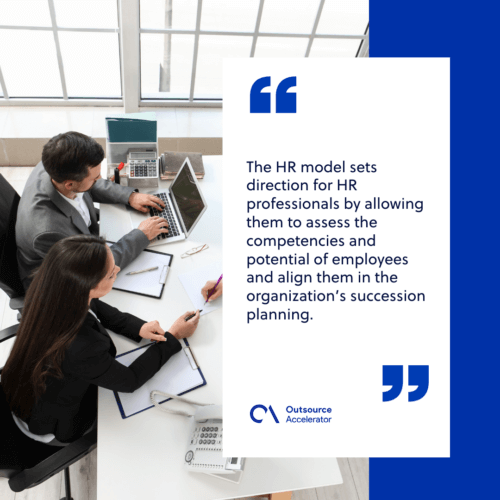
Benefits of integrating HR models into HR management
By understanding and leveraging HR models, businesses can design a stronger HR foundation that drives better performance and helps cultivate a thriving workforce.
Here are some of the benefits that can motivate your team to jumpstart your motivation to seek the right HR model:
Efficiency and consistency
Having an HR model is like a strategic map for the team. It allows the top management and support personnel to navigate the organizational vision based on the framework structure.
It is very evident in how these models streamline HR processes, contributing to a more effective and consistent mechanism across various pillars of human resource management, including:
- Rewards and recognition
- Recruitment, selection, and placement
- Performance management
- Learning and development
Employee engagement and satisfaction
HR models also create a platform to bridge the gap and build stronger relationships between top management and its subordinates.
It highlights the importance of hearing employees and understanding their feedback. The HR professionals gathered data for future projects to foster a positive work culture.
No wonder the advancement in employee engagement practices is now one of the main benefits of having an HR model.
Enhanced performance management
As the organizations draw the framework of their respective HR models, the plans, processes, and parameters are demonstrated, linking to the individual duties of all employees as key players.
HR professionals can promptly identify intelligent ways to capacitate their employees and provide required learning and development interventions, turning their weak points into a window for leveling their skills.
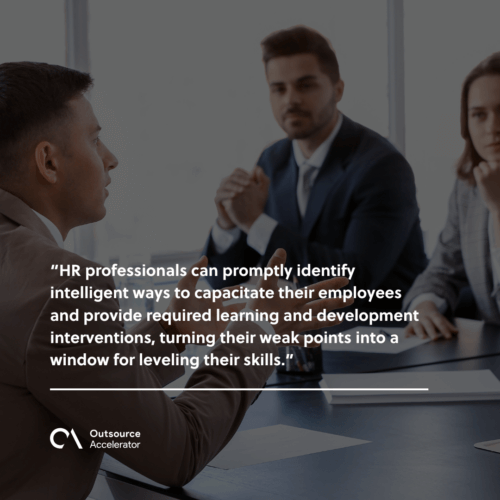
10 Best HR models for effective human resource management
HR models come in various types and frameworks designed to fit the requirements of businesses across industry verticals.
Let us know more about these best HR models and see which framework will fit your business.
#1. 8-Box Model (Paul Boselie)
As the name indicates, this model consists of eight interconnected components that reflect the core aspects of an HR department.
The first box contains the elements that impact the current HR functions of the company, which include the following:
- History and culture
- Ownership
- Workforce technology
Another box focuses on human resources strategy and practices that outline various stages of the human resource cycle, from intended HR practices to outcomes directly connected to the box of critical HR goals.
The critical HR goals are aligned with the company’s organizational objectives, which in turn help drive the achievement of broader business goals.
These linear boxes have a significant impact and connection to the remaining four boxes that share external influence, namely:
- General market context
- Population market context
- General institutional context
- Population institutional context
#2. Harvard Framework of HRM (Michael Beer)
Developed in 1984 at Harvard Business School, the Harvard Framework emphasizes the relationship between HR strategy and employee well-being.
This model encourages organizations to:
- Consider the interests of key stakeholders—employees, management, shareholders, and society
- Develop policies that promote employee development, participation, and collaboration
- Address situational factors like workforce demographics, business strategy, and market conditions
By fostering strong relationships and focusing on sustainable practices, the Harvard model supports long-term organizational success and a harmonious workplace culture.
#3. Dave Ulrich HR Model
Introduced in 1996, Dave Ulrich’s HR model revolutionized the role of Human Resources by transforming it from a primarily administrative function into a strategic component of business success.
The model identifies four key roles HR professionals must adopt to contribute meaningfully to organizational performance:
- Strategic Partner
This role involves aligning HR strategies with overall business goals. HR professionals in this role help design and implement processes that improve organizational effectiveness and support long-term objectives. - Administrative Expert
Focused on optimizing HR operations, administrative experts are responsible for streamlining HR processes, reducing costs, and ensuring efficiency in day-to-day functions through the use of technology and data. - Change Agent
As change agents, HR professionals lead organizational transformation by fostering adaptability, shaping company culture, and helping teams manage change effectively.
This role is essential during restructuring, digital transformation, or any major internal shift.
- Employee Champion
This role focuses on representing employee interests by improving engagement, satisfaction, and well-being.
HR professionals act as advocates for the workforce, ensuring a supportive and safe work environment while maintaining alignment with company values.
#4. ASTD Competency Model
Originally developed by the American Society for Training and Development (ASTD), now known as the Association for Talent Development (ATD), the ASTD Competency Model was first introduced in 2004 and updated most recently in 2013.
This model serves as a framework for talent development professionals, outlining the skills and competencies required to succeed in the field. It is divided into two major components:
- Areas of Expertise (AOEs) – These are specialized knowledge domains, including Instructional Design, Training Delivery, Performance Improvement, and more.
- Foundational Competencies – These are broader, transferable skills like business acumen, interpersonal skills, and personal development that support effectiveness across AOEs.
The model emphasizes that integrating both AOEs and foundational competencies into HR and talent development systems enhances operational efficiency and helps control training costs while ensuring consistent capability building.
#5. Warwick Model by Pettigrew and Hendry
The Warwick model came to support and expand the context of the Harvard Model created by Chris Hendry and Andrew Pettigrew at the University of Warwick.
It is composed of the following essential elements that drive the functions of the human resources department towards achieving its goals:
- Outer context: It involves external factors like legal systems, politics, technical environment, and the socio-economic status of the place that affect the internal context of the business.
- Inner context: It pertains to the core components that form the basis of an organization, such as its culture, leadership, internal structure, and technological infrastructure.
- Business strategy: This comprises the overall business strategy, such as objectives, targets, and product market optimization.
- HRM content: This critical consideration discusses specific HR activities like compensation systems, work systems, employer relations, and HR flows, to name a few.
#6. Advanced HR Value Chain by Jon Ingham
The Advanced HR Value Chain by Jon Ingham emphasizes the HR department’s strategic role in driving organizational value—not just through administrative tasks, but by contributing to overall business performance.
This model highlights the importance of measuring HR’s impact through three key components, each contributing to improved outcomes across customer satisfaction, internal processes, and financial performance:
- HR Enablers: These are foundational elements such as HR budgets, systems, policies, and the capabilities of HR professionals. They form the operational backbone and support performance measurement across the department.
- HR Activities: These refer to the core functions of HR, including talent acquisition, workforce planning, performance management, learning and development, and policy implementation. These activities translate strategy into action.
- HR Outcomes: These are the measurable results of HR efforts, such as employee retention, engagement, productivity, and skill development. These outcomes provide insight into whether HR activities are effectively supporting organizational goals.
The model encourages HR teams to go beyond basic reporting by establishing value-focused performance metrics and aligning HR strategy with broader business objectives.
#7. Standard Causal Model
The Standard Causal Model illustrates how HR processes influence business strategy, leading to improved employee outcomes, internal performance, and overall financial success.
Rooted in influential frameworks from the 1990s and early 2000s, this model demonstrates a clear sequence of organizational actions, starting with business strategy, which shapes HR results.
These HR outcomes then cascade through the organization, impacting its performance and financial results.
The model helps organizations visualize how a strategic alignment between HR practices and business objectives can drive superior results.
#8. People Value Chain Model (EY)
Launched in early 2021, EY’s People Value Chain is a progressive HR model that became well-known because of its contribution to human resource management.
This comprehensive model intentionally sets itself apart from the Ulrich model, emphasizing the cultivation of lasting value across four key areas, namely:
- Financial
- Consumer
- Societal
- Human value
The people value chain anchors three core components:
- The digital people: This team designs, executes, and distributes innovative services that automate most administrative and operational tasks.
- People services: Professionals in this field actively listen, solve problems, and create novel solutions to unlock human potential, which propels business success.
- Virtual global business services: This team handles HR organizational responsibilities by functioning within a cross-functional service environment, merging similar roles from IT, finance, legal, and supply chain sectors to provide impactful experiences on a broad scale.
#9. High-Impact HR Operating Model (Deloitte)
Deloitte’s high-impact HR operating model provides a strategic framework for HR professionals built on flexibility, creativity, and proficiency.
This model has four fundamental components:
- HR clients: Serves as the central component of the model, significantly shaping the overall employee experience.
- The digital workplace: This component values the importance of career development and connectivity among employees.
- Workforce insights: It is the process of data gathering through digital HR analytics tools as a basis for business strategy development.
- Seamless interaction among HR components: This bridges barriers and is a key strength of the model.
This HR model also outlines a transition from traditional practices to impactful human resource mechanisms through a framework known as the 4 Cs: Create capacity, empower community, grow capability, and boost credibility.
#10. The 5 Ps of Strategy (Randall S. Schuler)
Schuler introduced the 5 Ps of the Strategy HR model in 1992.
It provides a framework that aligns HR processes with the strategic goals of the organization using five elements, referred to as the five Ps:
- Purpose: This highlights the organization’s core values, mission, and vision, as well as its key objectives. It encourages the significance of aligning these factors with the business’s HR strategies.
- Principles: This element focuses on the fundamental beliefs, values, and policies that will enhance HR decisions and actions to ensure the attainment of organizational goals.
- Process: This includes all the HR systems, such as policies and procedures applied to manage employees in the organization. It fosters effectiveness and efficiency as crucial factors for the HR strategy.
- People: It is a fundamental element of HR strategy that focuses on recruiting, developing, and retaining talent to achieve organizational success. It comprises areas of hiring, performance monitoring, and labor relations.
- Performance: This element centers on measuring and analyzing the success of HR strategies and how they impact organizational outcomes. It uses key performance indicators (KPIs) to drive innovation.
The 5 Ps model synchronizes these five elements to enable the organization to achieve its strategic objectives and be successful. It provides an integrated approach to human capital as a strategic asset.
Maximizing the work of the HR model for progressive and future-ready human resource management
Choosing the best-fit HR model for your company will help bring out the maximum potential of your HR professionals. In turn, this will contribute to your overall organizational success.
With the help of these frameworks, your business can build a dynamic HR function and keep you abreast with the evolving landscape of human resource management.
Investing in human capital backed by strategic alignment, technology, and organizational development will ensure the sustainability and success of your business operation.

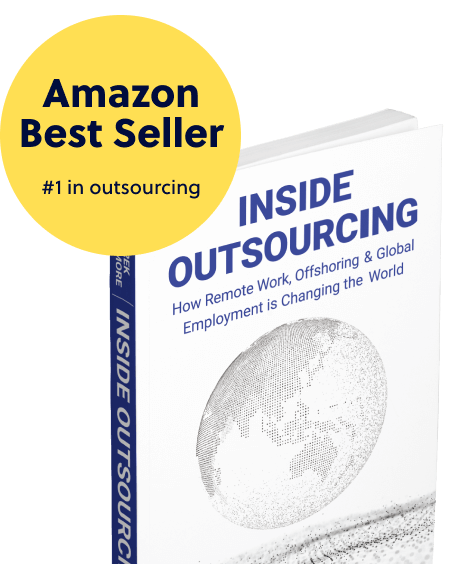

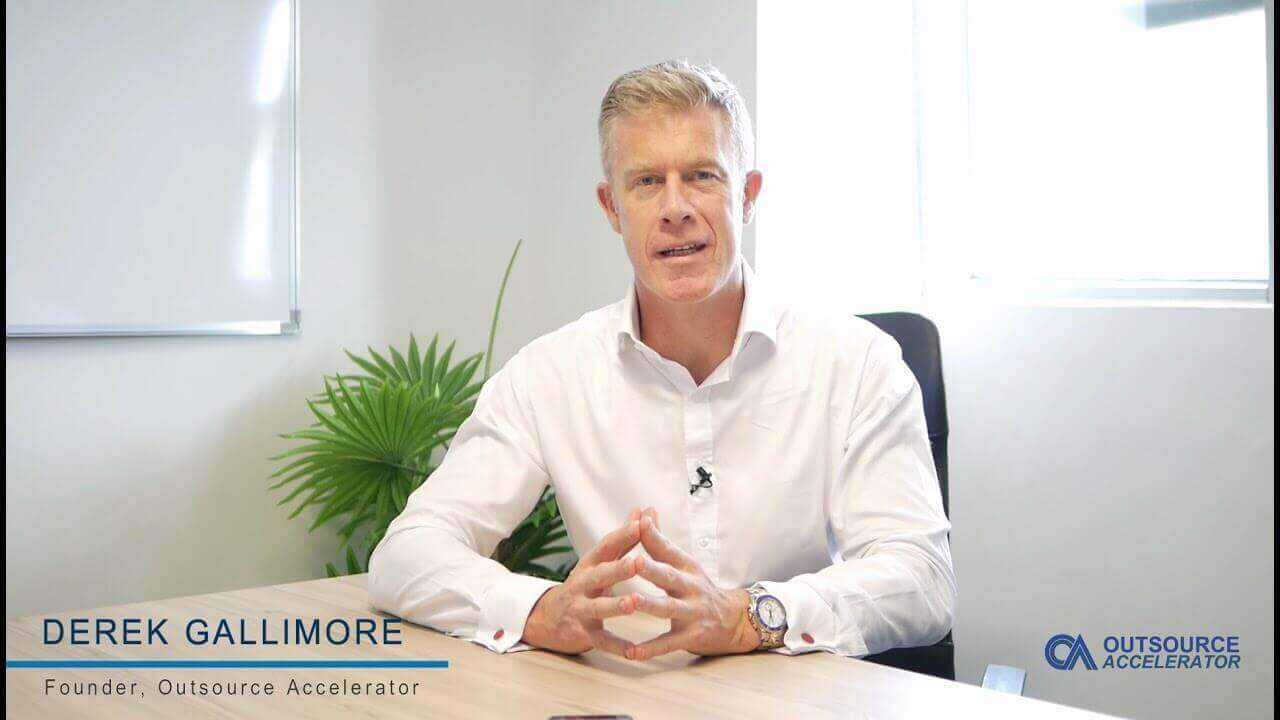
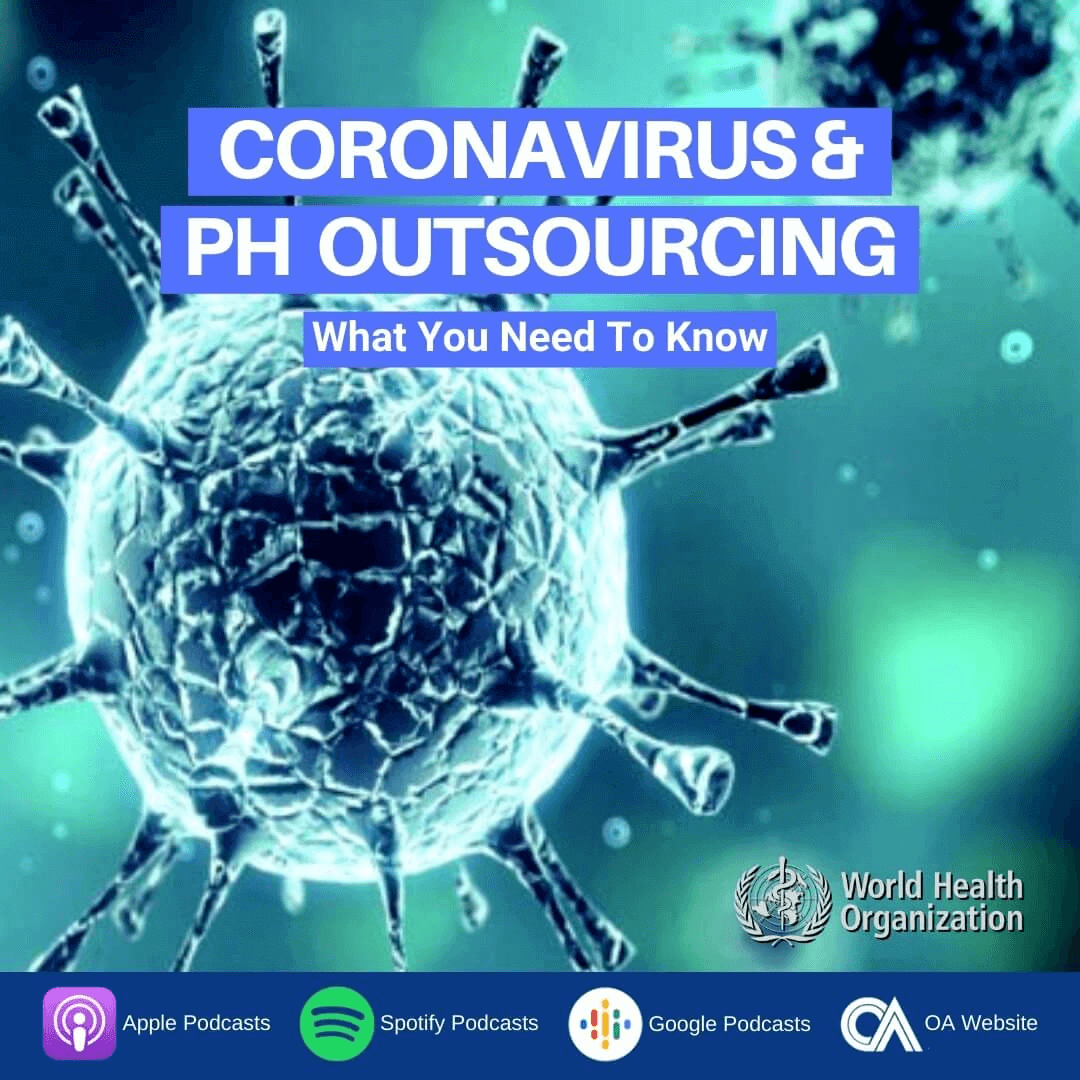
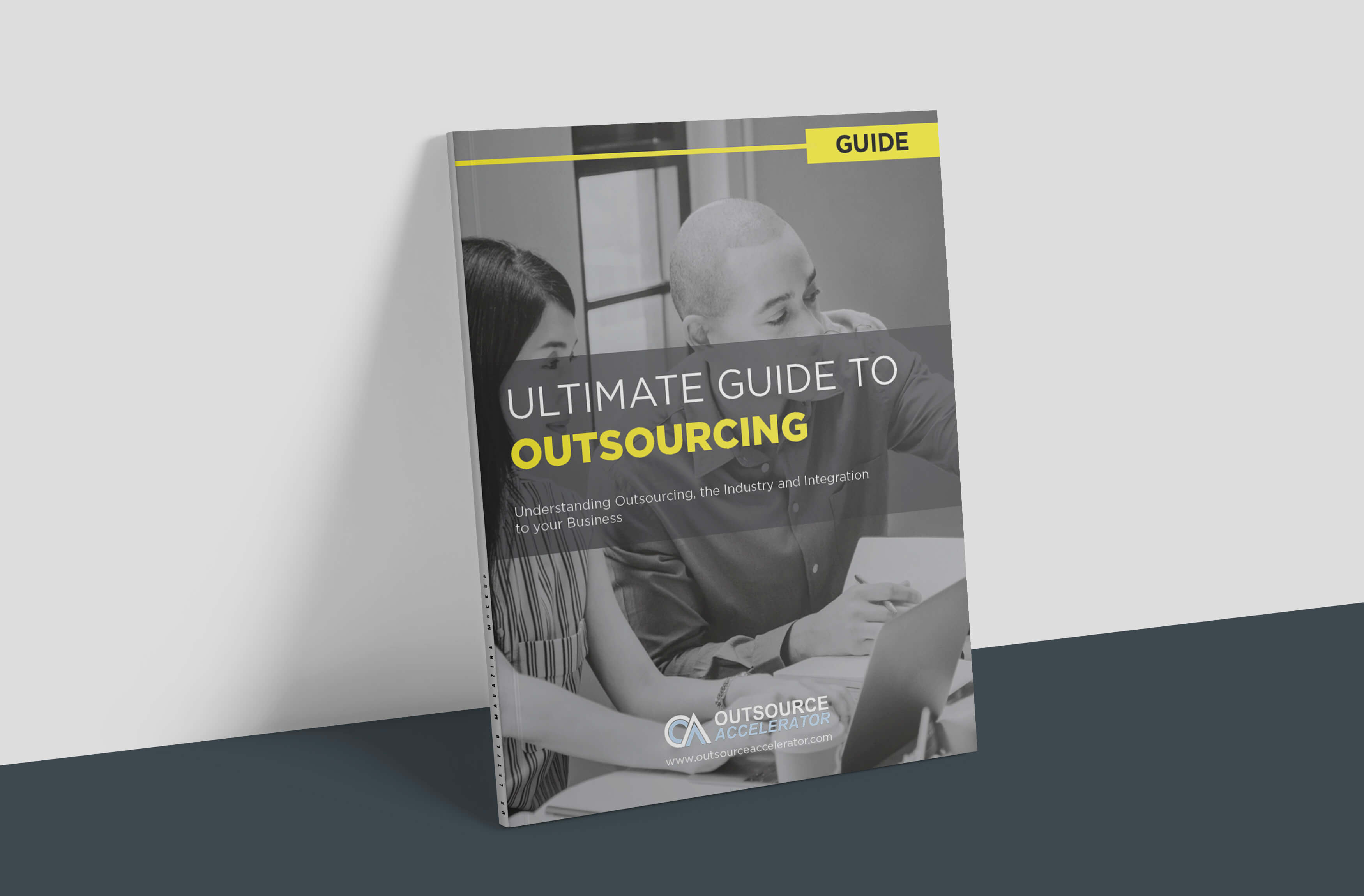

 Independent
Independent